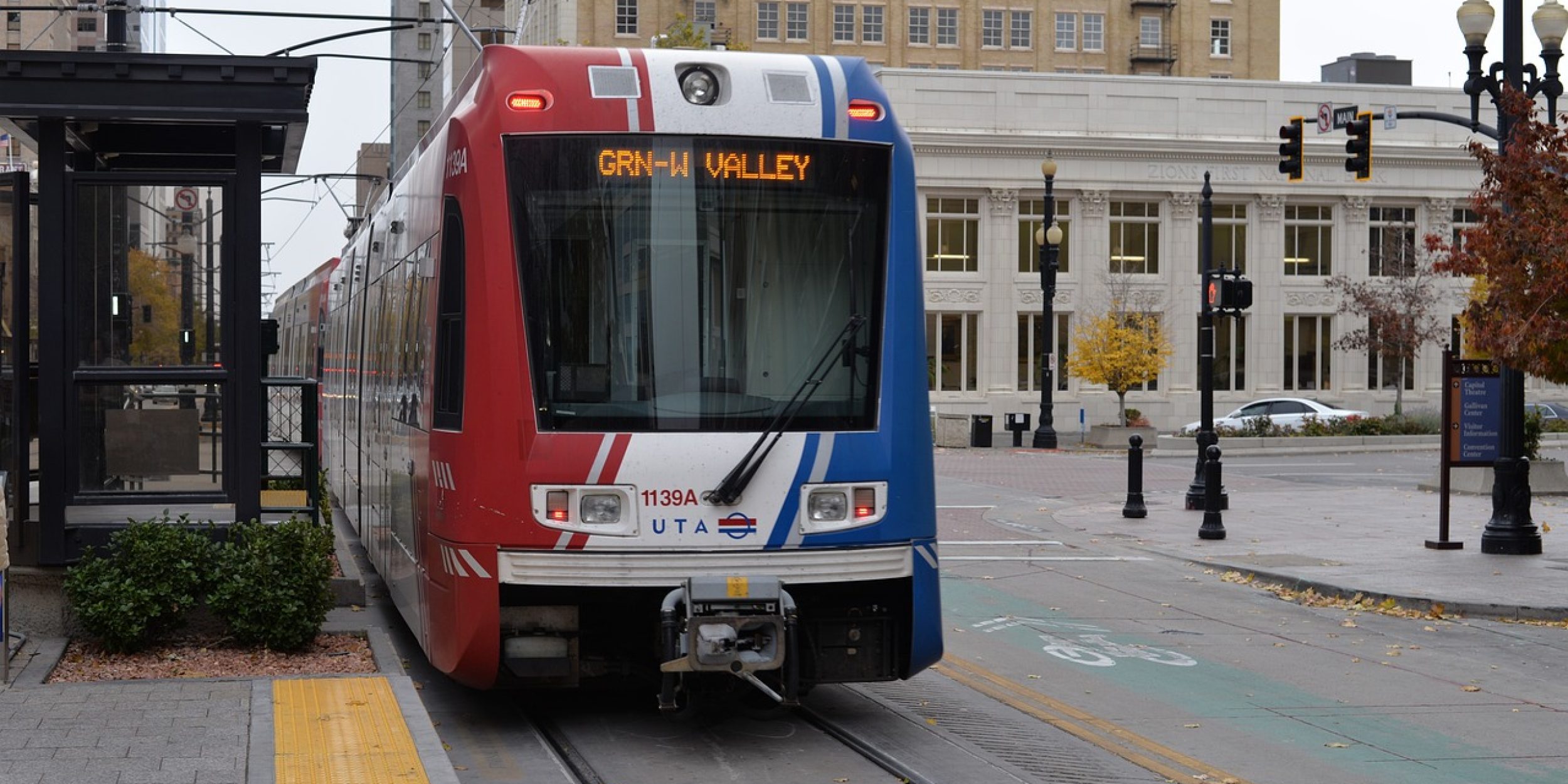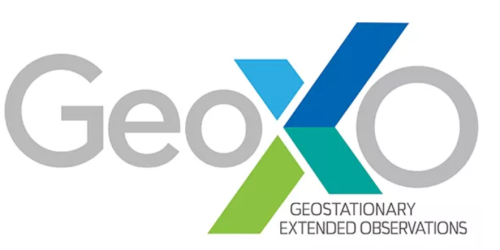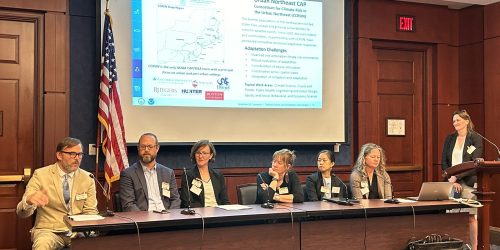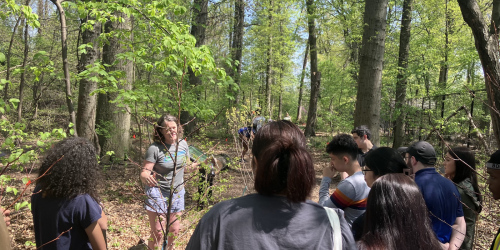A new study led by University of Utah scientists and funded by the Climate Program Office’s Atmospheric Chemistry, Carbon Cycle and Climate (AC4) and Climate Observations and Monitoring (COM) programs takes a closer look at Salt Lake City, Utah during the COVID-19 lockdowns to find out exactly how much emissions from different sources changed from March 13 through April 30, 2020. The results, published in the Journal of Geophysical Research – Atmospheres, show that carbon dioxide emissions decreased by about twenty percent because of the COVID-19 lockdowns. The largest reductions were centered around major roadways, and were caused by a decline in traffic, but reductions were also identified around industrial point sources. The twenty percent decline in emissions is smaller than reductions measured in similar recent research in large cities like Los Angeles and Paris. This discrepancy is consistent with less stringent lockdown measures in Salt Lake City.
Nearly half of all of the carbon dioxide emitted by human activities across the globe comes from urban areas. Direct and accurate carbon dioxide emissions measurements from complex urban sources like transportation and industry are becoming increasingly important for tracking air quality trends and determining whether cities are meeting climate change mitigation targets. In 2020, when widespread lockdowns were enforced during the COVID-19 pandemic, researchers in Utah discovered a unique opportunity to test urban measuring systems.
Salt Lake City is a medium-sized metropolitan area situated in a valley, with mountain ranges as boundaries to the east and west. Lockdown measures included restrictions on nonessential travel and cancellations of large gatherings, which led to many people working from home and generating less traffic on the roads.

Salt Lake City (Photo: Pixabay, Free for use)
The research group, led by CPO-supported scientists Derek Mallia, Logan Mitchell, and John Lin, used measurements from six stationary air quality sensors across the valley along with three mobile systems. In a collaboration between the Utah Transit Authority and the University of Utah which began in 2014, air quality sensors were outfitted on train cars in Salt Lake City. These sensors move along with the train, collecting measurements as they go, providing unique observations which cover more ground than stationary instruments. Applying these measurements, the researchers used a modeling technique called inverse analysis to produce an estimate of human-caused emissions.
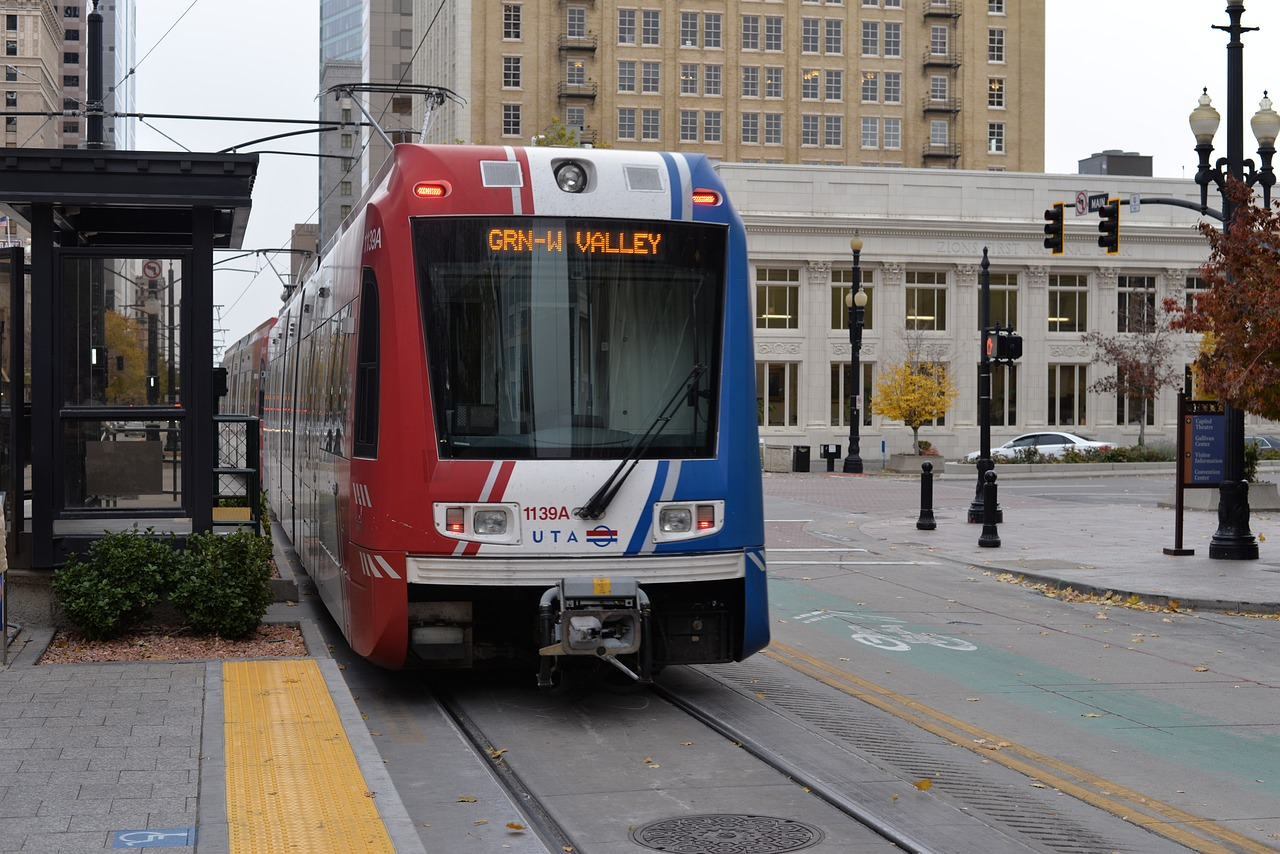

Salt Lake City TRAX train car, the type of train on which air quality sensors were placed (Photo: Pixabay, Free for use)
There has been limited research on air quality impacts of COVID-19 lockdowns in medium-sized cities, and on whether mobile measurement systems can detect changes in emissions. This study demonstrates the advantage of building measurement networks with both stationary and mobile sensors to span an entire study area. Long-term monitoring with these methods will be useful in tracking future decarbonization in medium-sized cities.
This work was supported by two different CPO research grants. The research group was first given support to use measurements and modeling together in urban settings to provide decision-makers with relevant and useful data as part of a joint COM and AC4 research initiative. AC4 also supported the project to leverage the natural experiment presented by the COVID-19 pandemic and associated emissions reductions to analyze the effects of human activities on local scales. This work sheds light on human impact on the urban atmosphere in Salt Lake City and makes a good argument for abundant air quality monitoring efforts for urban areas in the future.


